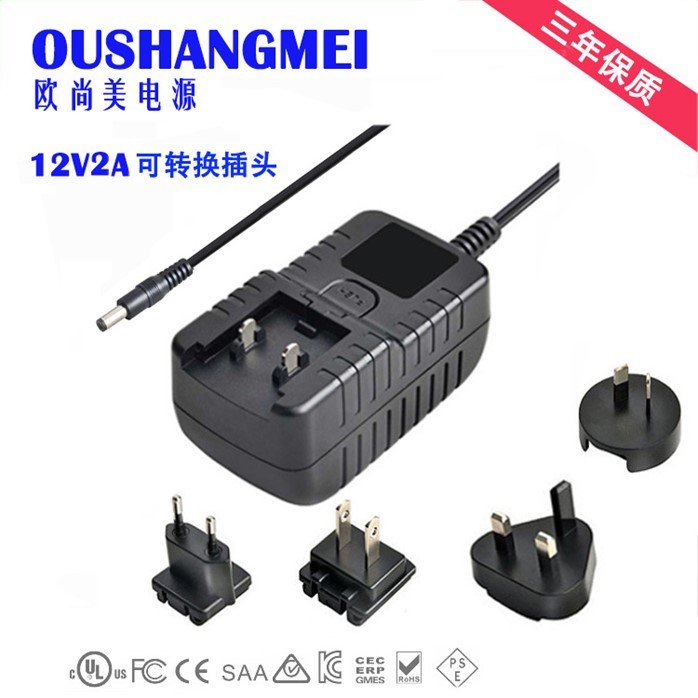Introduction: Stainless steel has long been prized for its exceptional durability, corrosion resistance, and sleek aesthetics. When these qualities are harnessed to create functional enclosures, the result is the versatile and reliable stainless steel box. In this comprehensive guide, we’ll explore the myriad uses, benefits, and considerations associated with stainless steel box across diverse industries.
1. Unveiling Stainless Steel Boxes: A stainless steel box is a rigid and protective enclosure crafted from high-quality stainless steel materials. These boxes are renowned for their strength, resilience against environmental elements, and suitability for both indoor and outdoor applications.
2. Key Attributes of Stainless Steel Boxes: a. Corrosion Resistance: Stainless steel’s primary advantage lies in its resistance to corrosion, making it ideal for settings where exposure to moisture, chemicals, and harsh conditions is a concern.
b. Durability: Stainless steel boxes offer remarkable durability, capable of withstanding impacts, temperature fluctuations, and wear and tear over extended periods.
c. Hygienic Properties: The smooth surface of stainless steel is non-porous and easy to clean, making it a preferred choice for industries requiring strict hygiene standards, such as food processing and medical environments.
d. Aesthetics: Stainless steel’s sleek and polished appearance not only contributes to a professional look but also maintains its luster over time, enhancing the visual appeal of the enclosures.
3. Applications Across Industries: a. Industrial Sector: Stainless steel boxes find a home in manufacturing plants, housing electrical components, control systems, and sensitive equipment, ensuring protection and reliability in demanding industrial environments.
b. Food and Beverage: In food processing facilities, stainless steel boxes maintain a hygienic environment for electrical and control systems while adhering to sanitation regulations.
c. Medical and Laboratory: These enclosures are pivotal in medical settings, guarding critical equipment, instruments, and electronics against contamination and damage.
d. Outdoor Installations: Stainless steel’s resistance to weather conditions makes it suitable for outdoor applications like electrical junctions, telecommunications equipment, and outdoor lighting systems.
4. Factors to Consider: a. Material Grade: Stainless steel comes in various grades, each with distinct properties. Choosing the right grade for your specific application is essential for optimal performance and longevity.
b. Sealing and Protection: Depending on the environment, consider factors like IP (Ingress Protection) ratings and gasket materials to ensure adequate sealing against dust, moisture, and other external elements.
c. Customization: Manufacturers often provide customization options to tailor the stainless steel box to your unique requirements, including size, cutouts, mounting options, and additional features.
5. Maintenance and Care: Stainless steel’s low-maintenance nature makes it relatively easy to care for. Routine cleaning using mild detergents and avoiding abrasive materials will help preserve its appearance and longevity.
Conclusion:
Stainless steel boxes are the gold standard for durability and clean design. Whether you’re safeguarding Industrial equipment, medical devices, or critical wiring, these enclosures offer unmatched strength and sleek presentation. When protection, hygiene, and visual appeal all matter — stainless steel steps up every time.





